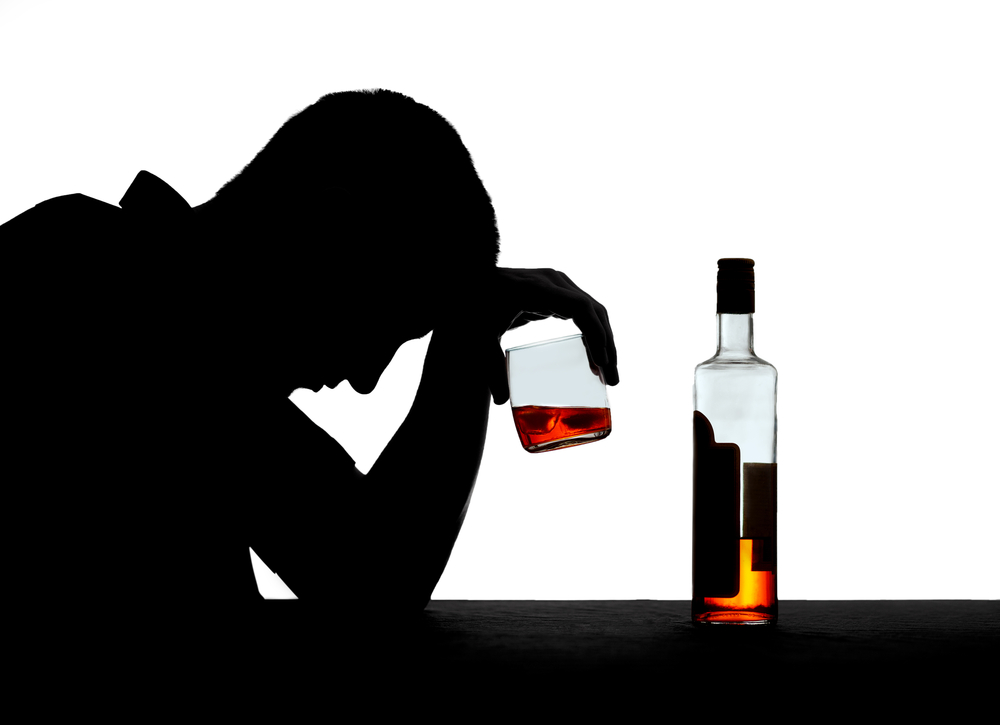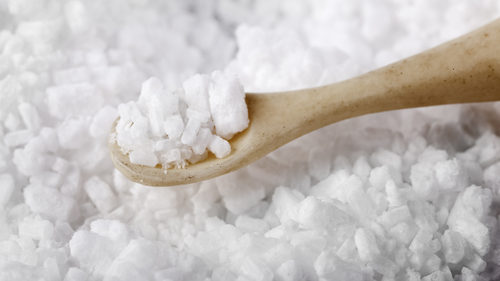Alcohol was legalized in America in the 1930s, and since then there are many people who drink alcohol regularly, without any problems. However, there are also many individuals who suffer from alcohol abuse and addiction. Moreover, the mortality rate of this legalized, addictive substance is over 3 million per year. An addictive substance is defined as “any drug that creates a certain degree of euphoria and has a strong potential for addiction.” Addiction, also known as substance use disorder (SUD), is listed in the Diagnostic and Statistical Manual of Mental Disorders, Fifth Edition (DSM-5) as a complex brain disorder that is characterized by compulsively engaging in rewarding stimuli without regard for consequence. Addiction can be explained as “a chronic dysfunction of the brain system that involves reward, motivation, and memory.”
The Centers for Disease Control and Prevention (CDC) explains “ethyl alcohol, or ethanol, is an intoxicating ingredient found in beer, wine, and liquor. Alcohol is produced by the fermentation of yeast, sugars, and starches.” As a central nervous system depressant, alcohol works by slowing down vital functions in one’s body. The National Institute on Alcohol Abuse and Alcoholism explains that “alcohol interferes with the brain’s communication pathways, and can affect the way the brain looks and works.” Alcohol is towards the top of the list as being the third-leading preventable cause of death in the United States.
How Does It Work?
Alcohol can cause significant changes in the complex functions of the human brain and body, which lead it to be a highly addictive substance. Alcohol inhibits the major excitatory neurotransmitter, glutamate, and is believed to mimic GABA’s effect in the brain by binding to GABA receptors and inhibiting neuronal signaling. This decreases electrical activity which amplifies feelings of sluggishness and lethargy. Studies have shown that alcohol increases the level of dopamine in the brain’s reward system by as much as 360%. Dopamine is a type of neurotransmitter that associates with the brain’s reward center, increasing feelings of pleasure and reducing one’s perception of pain. It is a feel-good neurotransmitter that is also involved in reinforcement. The pleasurable sensations produced by alcohol contribute to the reason why once people start drinking, they often want to carry on. According to the Mayo Clinic individuals that consume fifteen drinks or more, weekly are considered excessive drinkers. The more frequently an individual drinks alcohol and/ or continuously increases the amount of alcohol consumed the greater his or her chances are for developing a tolerance, which exponentially increases one’s risk of addiction.
For Information and Support
If you are concerned for yourself or a loved one regarding substance abuse and/ or addiction, we recommend reaching out for help as soon as possible. If left untreated, substance abuse can result in long lasting and potentially life-threatening consequences. Keep in mind: you are not alone! There is an entire network of professionals that are available to help and support you and your loved one throughout the recovery process. The earlier you seek support, the sooner your loved one can return to a happy, healthy, and fulfilling life.
Please do not hesitate to reach out with any questions regarding our specific program at Haven House Addiction Treatment and/ or general substance abuse and/ or addiction treatment related information. Our highly trained staff is readily available to discuss how we might best be able to help you and your loved one. We can be reached by phone at 424-258-6792. You are also welcomed to contact anytime us via email at admissions@hhtxc.com.



